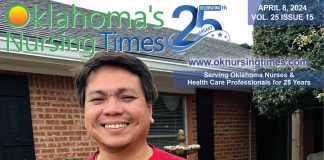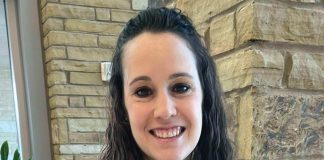Forging Better Relationship with Pharmacy Team Offers Cascade of Benefits
By Jessy Thomas, PharmD
In many hospitals and health systems, it is not uncommon to hear of tensions between two particular departments on staff: nursing and pharmacy. While both disciplines have a shared primary focus on the needs of the patient, differences in their job functions and communication styles can lead to friction and frustration, which could in turn result in a range of detriments. In many hospitals and health systems, it is not uncommon to hear of tensions between two particular departments on staff: nursing and pharmacy. While both disciplines have a shared primary focus on the needs of the patient, differences in their job functions and communication styles can lead to friction and frustration, which could in turn result in a range of detriments.
The first and most obvious outcome of interdepartmental schism is the likelihood of increased job dissatisfaction, which could, in turn, have negative effects on the hospital’s bottom line. The link between nurse job satisfaction and patient satisfaction has been well-documented, with one study showing that for every 10 percent of nurses reporting job dissatisfaction, the likelihood of patient recommendations decreases by 2 percent. This correlation brings with it the possibility that low job satisfaction could negatively impact HCAHPS scores – the government survey that measures patient satisfaction – with the ensuing potential for lower reimbursements and decreased profitability.
An even greater cause for potential concern is that a poor relationship between the nursing and pharmacy departments could lead to communication breakdowns, even resulting in adverse patient reactions.
So how to improve this relationship, and put your hospital on the right path to a more positive and collaborative culture and working environment? Here are four strategies to consider:
· Consider a new pharmacy model – Introduce a decentralized pharmacy model that provides nurses a “go-to” pharmacist dedicated to a particular floor that can assist directly with medication needs. The traditional, and prevalent, model often sees the pharmacist isolated, located on a separate floor, and away “from the action.” This can not only be a cause of frustration for nurses that are on the frontline and having to manage a patient who might be in serious pain, but it also reinforces the perception that since the pharmacist isn’t interacting directly with the patient, they don’t appreciate the urgency of the situation or level of pain the patient is experiencing.
By contrast, the decentralized model bring a delegated pharmacist to the floor, which can minimize medication delays, and also makes an expert available to directly answer any specific medication questions a patient, nurse or other healthcare provider might have. This strengthens the relationship between physicians, nurses and other members of the medical team. It also assists to identify potential issues and solutions. Having the pharmacy team integrated in this way could provide a range of benefits, such as improving order sets, refining infusion pump data, and assisting nurses to educate patients about their medications.
· Foster an environment of open communication and collaboration – Sometimes the respective “languages” spoken by the nursing and pharmacy staffs can create communication blocks between the two. It would be beneficial if pharmacists could shadow and spend a day in the nurses’ shoes and vice versa. Better understanding brought about through such an effort could serve to break down barriers and allow us to communicate using the same language.
Also, aligning the goals of both the nursing and pharmacy teams is important in helping to improve communication, as demonstrated by the decentralized pharmacy model. Facilities with a multi-disciplinary approach to patient care are armed with the best tools to manage any potential communication challenges.
· Share perspectives during recruitment process – Involve pharmacists in the hiring of nurse leadership positions and vice versa. Executives will find that each discipline brings different input points to the process, increasing the chance of bringing on the best candidate. It also provides a chance to establish the hospital’s collaborative, team-environment from the start, which is easier than trying to implement after the fact, and further helps to increase a better understanding of both professions.
###
Jessy Thomas, PharmD, is director of pharmacy for CompleteRx, one of the nation’s leading pharmacy management companies, and has served as the director of pharmacy for Driscoll Children’s Hospital in Corpus Christi, Texas, for the last five years. She was previously the pediatric intensive care unit clinical pharmacist at Driscoll Children’s Hospital. Jessy holds a doctor of pharmacy degree from Philadelphia College of Pharmacy and completed a residency in pharmacy practice.












